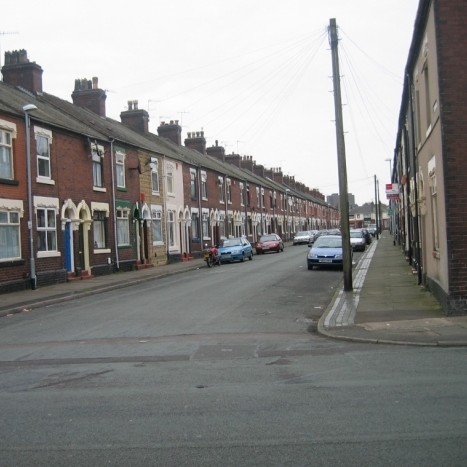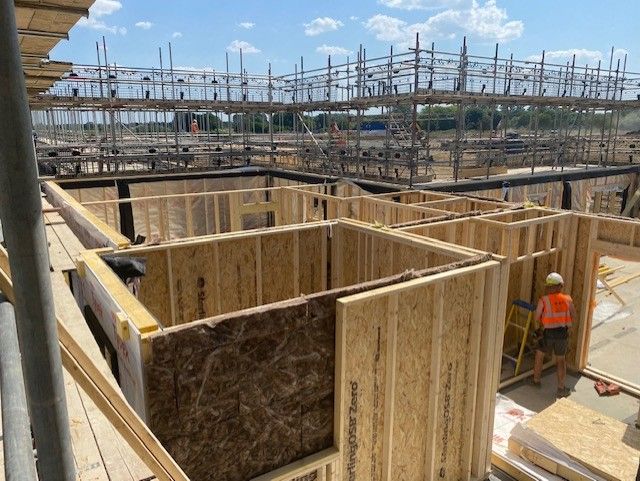
The number of repossessions fell to 21,000 in 2014 - 26% fewer than the 28,900 in 2013, and the lowest number since 2006, according to latest data from the Council of Mortgage Lenders. At 0.19%, the repossession rate was also lower in 2014 than at any time since 2006.
Out of the 21,000 total number of repossessions, 16,100 were on owner-occupied properties, and 4,900 were on buy-to-let properties.
At 0.3%, the repossession rate on buy-to-let mortgages was higher than the 0.17% on owner-occupier loans, despite the fact that the underlying arrears rate was lower on buy-to-let lending than on home-owner lending. This is unsurprising, as lenders offer extended forbearance to owner-occupiers to help them get through periods of financial difficulty without losing their home.
There were also fewer mortgages in arrears at the end of 2014 than at any time since 2006. 1.05% of all mortgages were in arrears equivalent to 2.5% or more of the mortgage balance - down from 1.29% at the end of 2013 (and 1.12% at the end of the third quarter of 2014).
In numerical terms, this equates to 116,800 loans - down from 124,400 at the end of the third quarter, and 144,600 at the end of 2013.
Within the total number of mortgages in arrears, there was also a decline in all of the individual arrears bands. Even among the heaviest arrears band (more than 10%), there was a 14% decline year-on-year to 24,700 cases at the end of 2014 - 5% lower than at the end of the third quarter.
The two main traditional drivers of mortgage difficulty are income shocks (such as unemployment) and interest rates. Both factors are relatively benign at present, assisting the welcome decline in both arrears and repossessions, supported by effective lender practices.
Looking ahead, the CML and lenders are very aware that, at some future point, interest rates will rise, and that this will put increased pressure on some household finances. The CML and lenders urge customers to plan ahead for this, to reduce the risk of shocks whenever interest rates do eventually rise.
CML director general Paul Smee commented: "The relatively low rate of repossession among owner-occupiers - around 1 in 600 mortgages last year - should help to reassure borrowers that, if they do face payment difficulties, lenders will work with them to try to resolve their problems. Repossession is only ever a last resort.
"No-one should be lulled into a false sense of security that the current low interest rates we are experiencing will last forever, though. Rules are in place to ensure lenders assess future affordability, but these are not a substitute for careful borrowing. It's essential for borrowers themselves to have one eye on the future. Think through any borrowing taken on now to ensure it will still be affordable if and when rates rise."




















